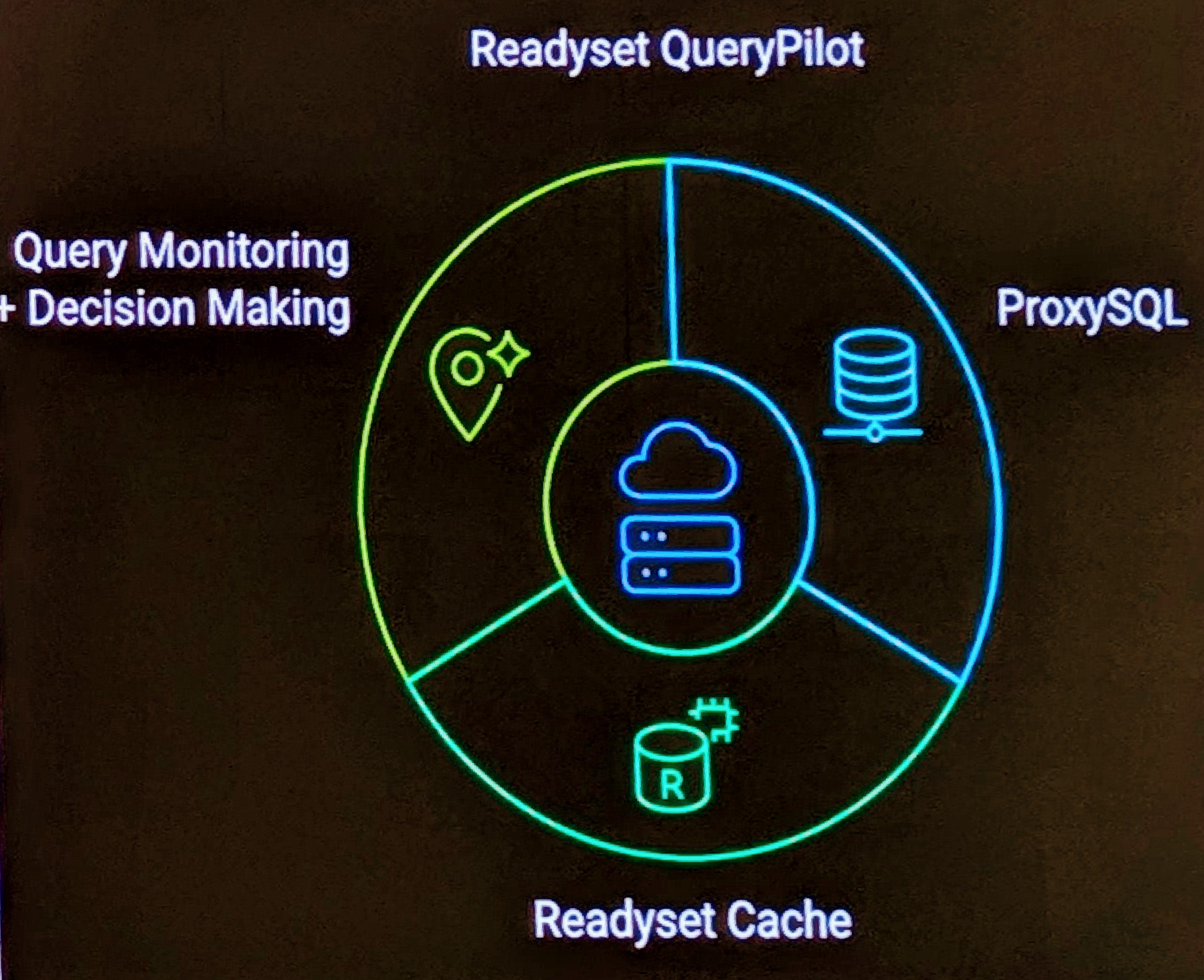Configuring a production environment using a pair of MySQL servers in a Master/Fail Over Master situation is a common process to provide many benefits including supporting failover, backup/recovery, higher availability for software & database upgrades. This is also a common method for database shards. One of the key hidden benefits is by performing regular controlled failovers for example with software upgrades you are actively testing your disaster recovery procedures. Most organizations have a partial plan, some don’t have any, but rarely do people test their disaster recovery.
There is no one way to configure and manage such an environment. There are a number of options including:
- Develop your own home grown scripts
- Flipper by Proven Scaling
- MMM by Percona
- Heatbeat by the Linux High Availability Project
I have started a detailed review of a number of these technologies and will be providing my findings for review.
This is not the only way to solve the problems of course. Google for example have provided MySQL Patches that include features such as semi-sync replication and mirrored binary logs. Red Hat Cluster suite, and MySQL/DRBD are other technologies but less idea for various reasons specifically the “cold” nature of the failover environment.


